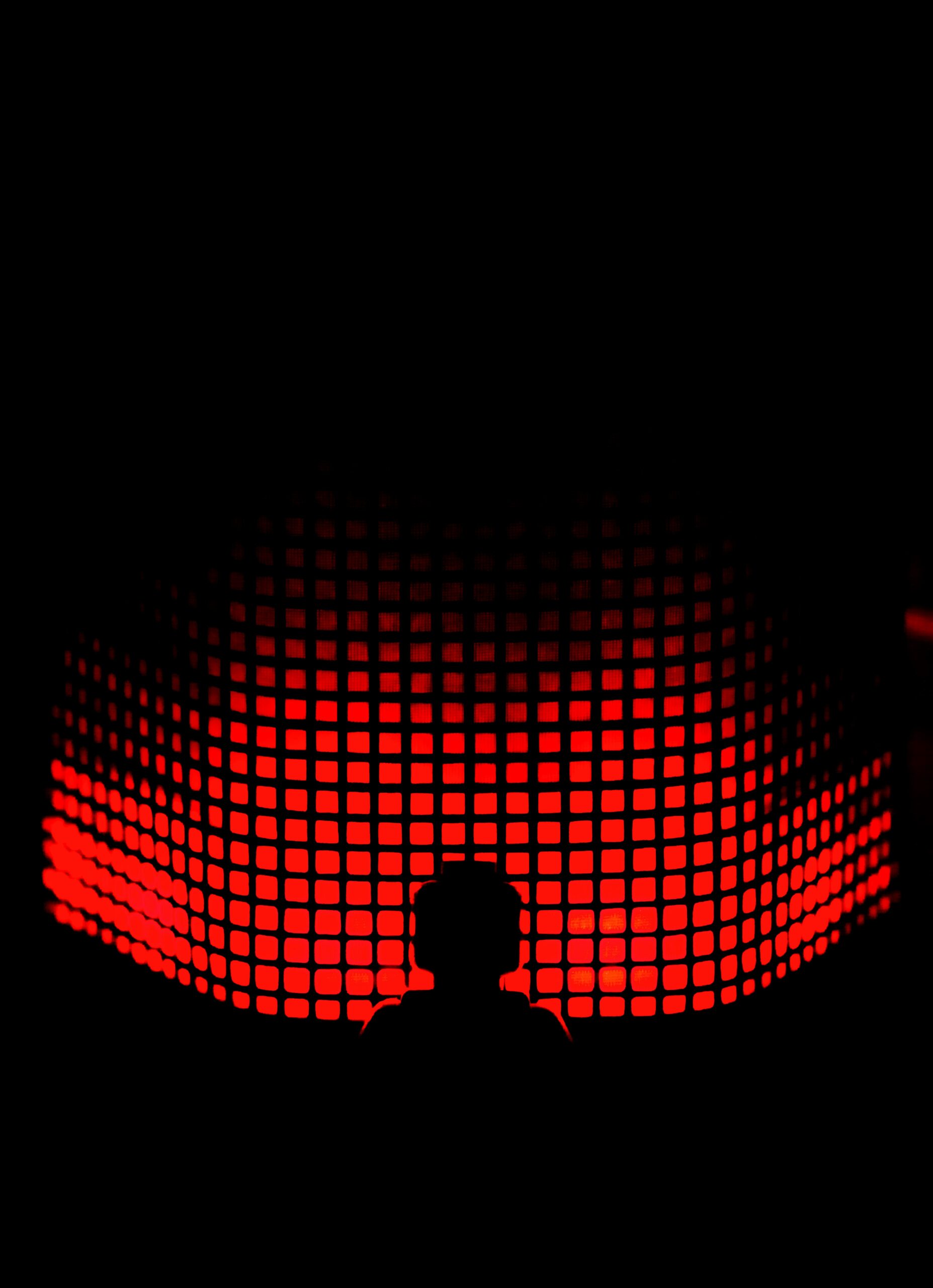What is the Internet of Things (IoT)?
The Internet of Things (IoT) is a transformative concept that refers to the interconnectivity of everyday devices through the internet, enabling them to send and receive data. This extensive network of physical objects, equipped with sensors and software, facilitates efficient communication between devices and centralized systems, thereby enhancing their functionality. With the convergence of various technologies, IoT has evolved into a significant field, impacting numerous sectors including healthcare, agriculture, smart cities, and industrial automation.
At its core, the IoT comprises devices ranging from home appliances and wearable technology to industrial machinery. Each device collects data through embedded sensors and then transmits that information over the internet to be processed and analyzed. This communication is made possible through various protocols such as MQTT, CoAP, and HTTP, which streamline the exchange of information between devices and applications. Furthermore, cloud computing plays a critical role by providing the necessary infrastructure for data storage and processing, enabling systems to function efficiently in real time.
Since its inception in the early 1980s, the IoT has seen remarkable growth. Initially conceptualized as a method for connecting refrigerators to the internet, its applications have expanded significantly over the years. For instance, smart home technology, such as thermostats and lighting systems that can be controlled remotely, illustrates IoT’s entry into daily life. Similarly, in the healthcare sector, wearable devices monitor patient vitals and send alerts to healthcare professionals when intervention is necessary, showcasing the potential of IoT in enhancing patient care.
As the IoT continues to evolve, its implications for industries and consumers alike become increasingly profound. By harnessing the power of connected devices, businesses can increase operational efficiency, while consumers enjoy a more convenient and automated lifestyle. The future of IoT holds promising advancements and innovations that will further revolutionize our interactions with technology and each other.
Key Industries Transformed by IoT
The Internet of Things (IoT) has emerged as a groundbreaking technology that significantly influences various sectors. Notable industries transformed by IoT include healthcare, manufacturing, agriculture, transportation, and smart cities, each benefiting from enhanced efficiency, cost reduction, improved safety, and data-driven decision-making.
In the healthcare sector, IoT devices such as wearable health monitors and smart sensors provide real-time data that allow for continuous patient monitoring. This capability enables healthcare providers to make informed decisions quickly, thus improving patient outcomes. For instance, remote patient monitoring systems have shown to reduce hospital readmission rates, demonstrating how IoT fosters proactive healthcare management.
Manufacturing has also undergone notable transformation through IoT integration. Smart factories equipped with connected machines allow for predictive maintenance, which optimizes equipment efficiency and minimizes downtime. By employing IoT analytics, companies can analyze production data to identify potential bottlenecks, leading to streamlined operations. The implementation of IoT solutions has been shown to lower operational costs while increasing production capacity, representing a significant competitive advantage in the manufacturing industry.
Agriculture is witnessing a revolution as IoT applications enhance farming practices. Smart agriculture tools, such as soil moisture sensors and drone technologies, enable farmers to optimize resource usage such as water and fertilizers. These innovations lead to increased crop yields and sustainable practices while reducing environmental impact. Case studies have illustrated how IoT-driven techniques allow for more precise farming and better yield forecasts, empowering farmers with valuable insights.
In the transportation sector, IoT enhances fleet management through tracking and monitoring systems. Companies can gather real-time data on vehicle performance, optimizing routes and reducing fuel costs. Moreover, smart traffic systems integrate IoT technology to improve urban mobility, allowing for better traffic flow and reduced congestion in smart cities. As cities continue to grow, IoT will be crucial in creating sustainable urban environments that prioritize efficiency and safety.
Challenges and Considerations in Implementing IoT Solutions
The implementation of Internet of Things (IoT) solutions presents numerous challenges that organizations must address to fully harness the technology’s potential. One of the foremost concerns is security. With an extensive network of connected devices, vulnerabilities to cyberattacks increase considerably. Businesses need to prioritize the implementation of advanced security measures, such as encryption and regular software updates, to safeguard their systems from breaches and attacks, thereby preserving the integrity of sensitive data.
In conjunction with security, data privacy issues considerably affect the adoption of IoT technologies. With devices collecting vast amounts of personal and organizational data, ensuring compliance with regulations like the General Data Protection Regulation (GDPR) is crucial. Organizations must implement stringent data management policies to protect user information and maintain public trust, ultimately fulfilling legal obligations and fostering responsible usage of IoT technologies.
Another significant consideration is interoperability between devices. The IoT ecosystem comprises devices from various manufacturers, and ensuring these systems work seamlessly together is crucial for maximizing operational efficiency. Organizations must focus on selecting widely supported protocols and standards to enhance compatibility and streamline integration efforts. Moreover, organizations should evaluate existing infrastructure to identify potential gaps and determine the necessary upgrades to support the connectivity required for IoT devices.
Establishing clear goals and strategies is vital when adopting IoT technologies. Organizations should define specific use cases, desired outcomes, and key performance indicators (KPIs) to guide their IoT initiatives. By having a roadmap in place, businesses can navigate the complexities of implementation more effectively. With thoughtful planning and the right approach, organizations can address these challenges and successfully integrate IoT into their operations, thus reaping the myriad benefits offered by connected devices.
The Future of IoT: Trends and Predictions
The Internet of Things (IoT) is poised for significant evolution in the coming years, driven by advancements in various technologies and an increasing emphasis on connectivity and efficiency. One major trend is the integration of artificial intelligence (AI) and machine learning (ML) within IoT ecosystems. These technologies enhance the ability of connected devices to analyze data in real-time, offering predictive insights and automated responses that can revolutionize industries. Experts predict that AI-powered IoT will enable smarter decision-making processes, leading to more efficient operations and tailored consumer experiences.
Another noteworthy development on the horizon is the widespread adoption of 5G networks. The enhanced capabilities of 5G technology—including faster data transfer rates, lower latency, and increased device connectivity—will serve as a catalyst for IoT expansion. This evolution is expected to facilitate the deployment of more complex applications, such as remote surgeries in healthcare or real-time traffic management in smart cities. Consequently, businesses will be able to harness the power of IoT to develop innovative solutions that respond to dynamic market demands.
Sustainability is also becoming an essential aspect of IoT developments. With climate change posing significant threats, the IoT offers promising solutions through technologies that promote energy efficiency and resource conservation. For instance, smart sensors can optimize energy consumption in buildings or monitor environmental variables that contribute to climate resilience. Industry professionals emphasize that the integration of IoT in sustainable practices is not just beneficial but necessary for long-term ecological stability.
In summary, the future of IoT encompasses a convergence of AI, 5G, and sustainable practices, shaping a network of connected devices that promise to transform various sectors. As these trends continue to take shape, businesses that adapt and leverage IoT technologies will likely gain a competitive advantage in an increasingly digital landscape.

